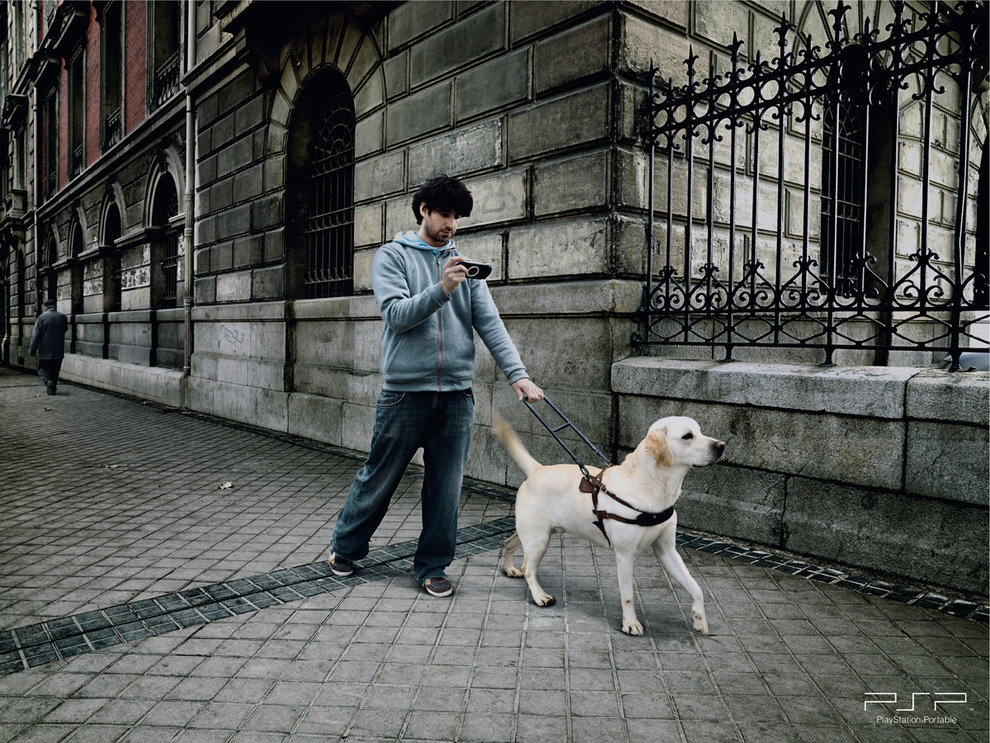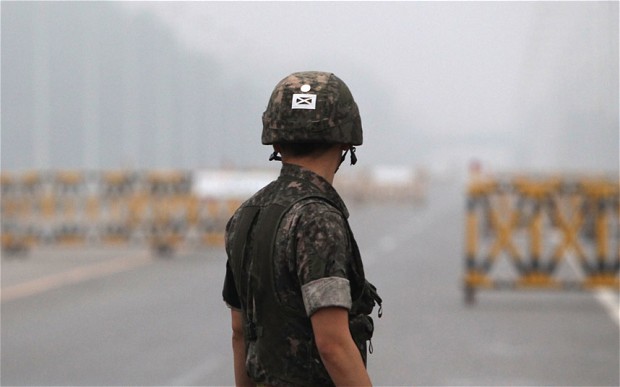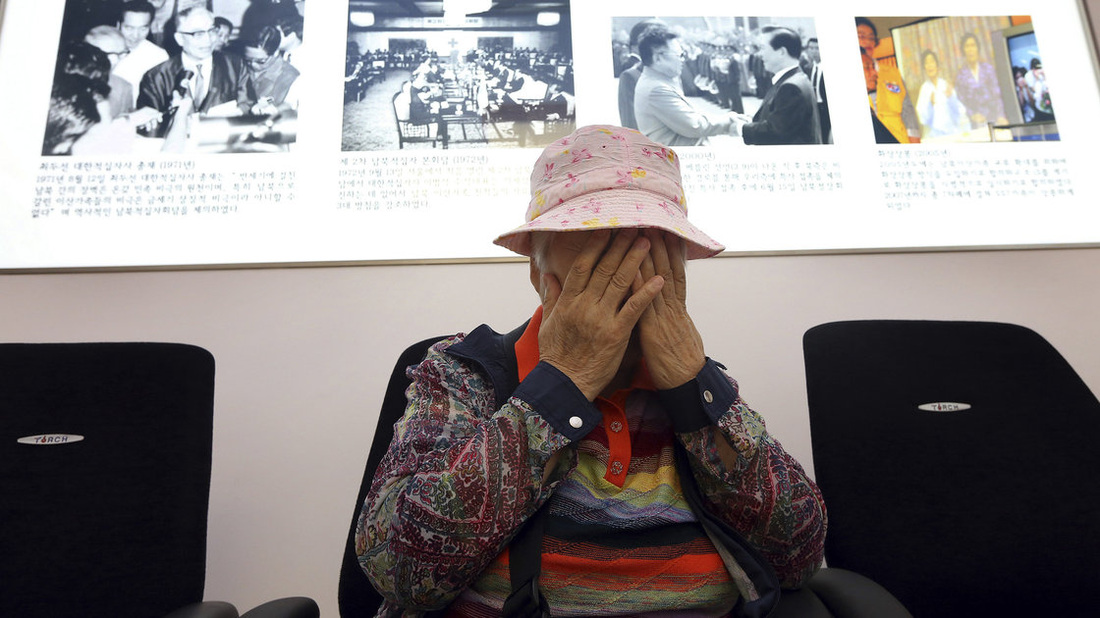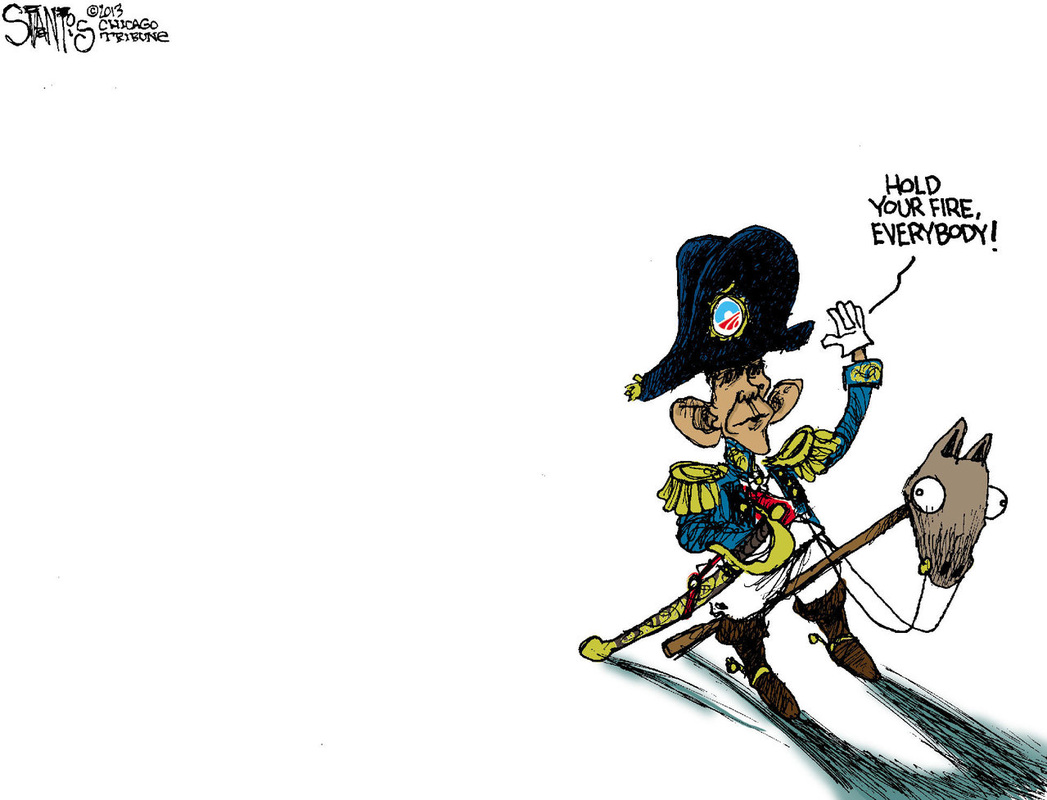PlayStation has received much heat for many of its advertisements throughout the company’s history. The above advertisement by Sony for PSP shows a man focused on his PlaySatationPortable gaming device being led by a Seeing-Eye-Dog. The man is engrossed in his game, taking in nothing about the world around him. The scene around this pair walking down the street seems a little too picture-perfect contributing to the feel of being wound up in a complete other world. That world is a virtual world in this case. Clearly the intent of the advertisement is to promote the user experience of playing PSP. The games are so good that the user won’t want to put them down. The graphics are so high-tech that the user will get lost in them. However, in a world increasingly cognizant of video game addiction, decreased ambition, and loneliness, this ad did not go over well with many parties. Additionally, using a Seeing-Eye-Dog in the ad puts Sony may have just crossed the line in terms of respecting the blind community. By making video-game engrossment seem acceptable – ideal, actually – the advertisement butts heads with those trying to fight the gaming industry to promote outdoor activity, decrease time spent alone, and tackle obesity. With regards to the Seeing-Eye-Dog, Sony, this ad can be seen as insensitive to the blind community. Using a Seeing-Eye-Dog is not a choice for the blind – it is a necessity. For the scruffy man in this advertisement the use of a Seeing-Eye-Dog is an act of extreme laziness. The gamer in this advertisement chooses not to admire the world around him – a world he has eyes to appreciate with. Although this advertisement may have slid by without being picked up by major media outlets for not being overly outlandish or scandalous, the basis of the advertisement upset many groups (and understandably so).
Source: J Bennett Fitts Photo essays seek a variety goals. These goals range from evoking feelings of empathy, sorrow, or happiness to simply informational or entertainment based imagery. The above photo essay titled, No Lifeguard On Duty, by J Bennett Fitts stuck out to me as I surfed the web sorting through photo essays. This series of photos by J Bennett Fitts displays a series of abandoned motel swimming pools across the United States. There are no active signs of humanity in any of the images. The colors in all of the photographs seem slightly faded, and often the sun seems like it is on the verge of setting.
Fitts’ clearly is trying to make a point or evoke certain emotions with this photo essay – likely both. In my view, Fitts attempts to appeal to a longing for a past era of American history. Rather than trying to get at the American landscape or architecture of motels, Fitts seems to be trying to get past that and seeks to display a previous era and identity. The era alluded to in Fitts’ work was the one of a simpler time. Instead of planning elaborate trips to the tropics, families would pack their things and road-trip to motels across the country, feeling content with lounging around humble motels and clear swimming pools. Now it shows this value of a humble family getaway as completely devalued. It shows an abandonment of manmade structures, but also an abandonment of a simpler life era. There is a complete sense of abandonment that one feels when looking at these photos, as if America has betrayed something it once held dear. More than just a display of a scene, this photo essay seems to call for a time of introspection – has the viewer lost something by losing these motels? Has something also changed within the theoretical American viewer? Was something lost in moving from this era to the current error of glamorous vacations and rushed lives? These are the questions that seem to be creeping out as one goes through the long series of abandoned pools, strewn about lawn chairs, and empty parking lots. Feelings of melancholy and nostalgia leave the viewer in a different state of mind than they might have been in before viewing the incredibly simple series of photographs. J Bennett Fitts creates a reflective piece through his series of photos in No Lifeguard on Duty that communicates his nostalgia for a humbler American era. The point is not to teach or to entertain. The point is to revisit, to question, and to find a deeper meaning in the mundane structural landscape spread throughout modern day America. This series is a call to slow down from the fast pace of life and look at a shared past. And this unique photo essay has accomplished these often difficult objectives simply and quite well.
Both of these photos were used in articles discussing the recent decision by North Korea to postpone reuniting families that had been separated by the North Korea and South Korea border indefinitely. This news came as an immense disappointment to many South Korean families who may have relatives that they have not seen for decades. Previously, the two Koreas had reached an agreement to let families reunite for six days, beginning September 25. This past weekend, however, North Korea declared that it would no longer honor this agreement, putting off the reunion indefinitely. The two photographs shown above were used to as images in major news outlets, UK’s The Daily Telegraph and the US’s Wall Street Journal. The image featured on the Telegraph shows a South Korean soldier looking into the vast unknown that is North Korea; while the Wall Street Journal features a woman weeping as she learned that she will no longer be able to reunite this week with her family members who are separated from her in North Korea. The image of the soldier gives off an uncertain feel of what this means for the countries’ relations. Does this simply mean further isolation and separation? Or does this mean that military conflict is reaching nearer? The image leaves the reader or viewer to draw a conclusion regarding the military conflict or border conflict surrounding the two nations. The second image of the woman, appeals more to the emotions of the reader. The image is meant to draw sympathy and sorrow from those reading the article, attempting to get to explain the feelings that are bound up in the ongoing separation and conflict between these two nations. Rather than turning to thoughts of military or government, the reader is left to his or her own thoughts on how this issue may be resolved – diplomacy, military, or no solution at all.
Although there were many political cartoons that I could have chosen for this week's blog post, I chose to use this political cartoon by Scott Stantis which was uploaded to the Chicago Tribune's website on September 13, 2013. The above political cartoon clearly depicts a caricature of U.S. President, Barack Obama, dressed in traditional military attire. The text reads, “Hold your fire, everybody!” All signs of the cartoon indicate that President Obama should be in front of an army, ready for orders to take down the enemy. There are several problems here that indicate the irony found in Stantis’ sketch. First of all, it is important to know this cartoon was published. President Obama has been forced to decide what actions and policies to take in response to the unrest currently found in Syria. Originally, Obama wanted to declare war on Syria, but the UN and Great Britain decided not to support this action. Additionally, the American Congress criticized Obama heavily since he had not consulted them on the issue. Following these complications as well as unlikely involvement from Putin in Russia, Obama gave an address that left Americans even more confused about his intentions, but nonetheless announced that America would not declare war on Syria quite yet. This cartoon pokes fun of Obama on this level, pointing out that there is no army behind him and that he looks completely ridiculous in an aged military uniform and crazy-eyed broom-stick horse. The artist is trying to communicate that Obama must think he has an army of support behind him, when in actuality; there was no support for his effort to intervene in Syria. It may also be pointing out the old-fashioned thinking that Obama employed in trying to intervene militarily in U.S. foreign affairs in Syria.
|




 RSS Feed
RSS Feed